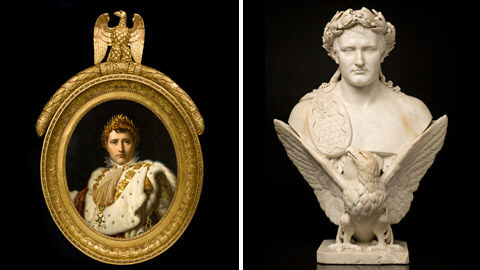
How appropriate that February, being the month of love, is also officially the month for the Venetian Carnival. This wonderful festivity dates as far back as the tenth century in Venice when the Doge Vitale Faliero ruled. The tradition became an annual celebration when Doge Vitale Michieli II won the battle against the Friulans for Grado, in 1162. Though, it was only in 1296 that the Senate of Venice declared it an official holiday that lasted six weeks, beginning December 26th; with its end marking the beginning of Lent.

Carnival was a time where festivities abounded throughout the cities of Venice but, mostly concentrated in the heart of the Republic and its Piazza; notably, San Marco’s Square. People staged plays and displayed their arts and games involving historical events. Bridges were even used for staging historical fights and reenactments. They danced and feasted and organized all sorts of entertainment. The highlight of these festivities was particularly marked by the prominent custom of wearing masks and disguises. This gave people from different social classes the opportunity to mingle with members of the aristocracy, inconspicuously.

Social differences were forgotten during this time when an illusion to help diminish social tensions was graciously permitted by the upper classes. Alas, along with the excitement of masked entertainment, came an abundance of promiscuity where limitless boundaries and decadent activities prevailed. An attitude of ‘anything goes’ was pretty much the mind-set of the times.
In the 18th century, the Venetian Carnival was the ‘in’ attraction for all of Europe. People were attracted to this city of pleasure and enticements. The public gambling houses were extremely popular, especially the Ridotto at St. Moise, where people felt free to gamble without being recognized by their creditors (masked for profit as well as for pleasure…hmm).

The abolition of the Venetian Carnival took place when the Serene Republic of Venice fell to France. It was Napoleon who, in 1797 declared that this most vibrant of Venetian tradition, come to an end. Even if the Carnival was reinstated shortly after Napoleon’s defeat by the Austrians, who took over in 1814, the event was never as exuberant as it once was. Christian Authorities banned and monitored many of the activities to bring back a sense of decency to Venice. Costumed balls and social parties continued to flourish, but were no longer publicized throughout Europe. Finally, after another ban, this time from Mussolini, a group of enthusiasts brought the Carnival back once and for all in 1979, to be celebrated annually by locals and tourists alike.
This year, the Venetian Carnival runs from February 13th to the 24th with 24 hour festivities, plays, parades and other spectacular events to evoke memories of a historical time in the beautiful city of Venice.
Stay tuned for more posts on Venetian Carnival: - Masks
- The Theatre and Stocking Groups
- Traditional Foods
B/W images- Source: www.delpiano.com























